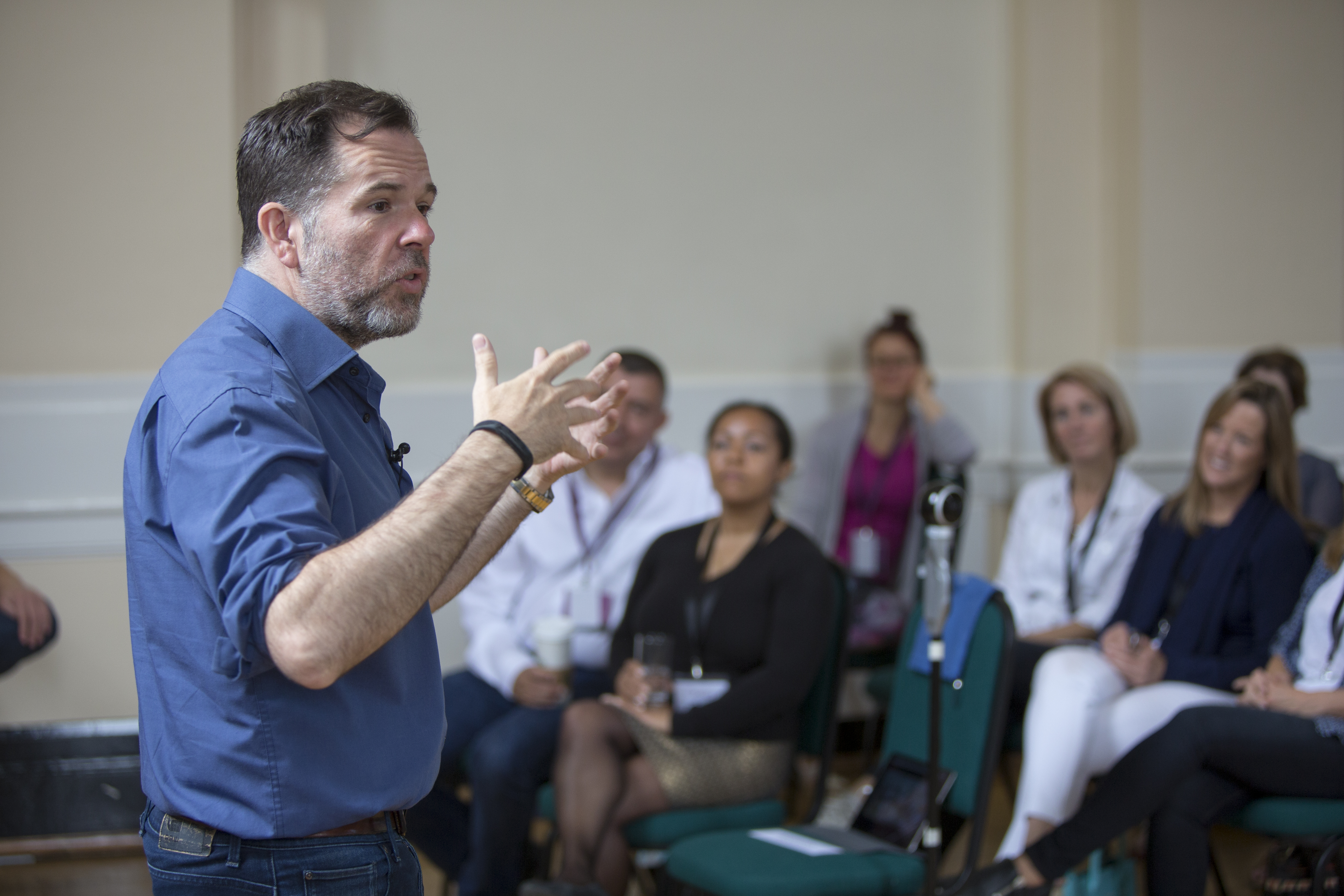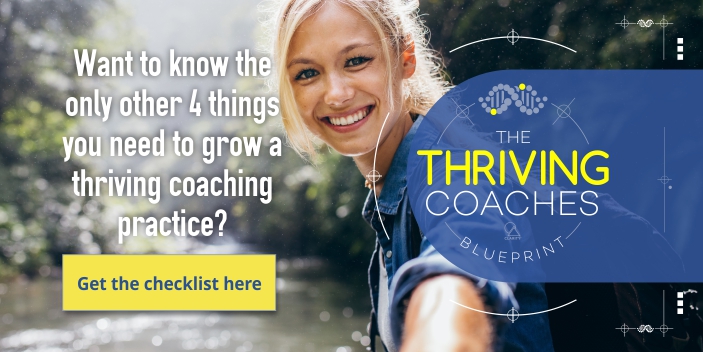The Simple Coaching Business Truth (That Nearly Everyone Overlooks)
Every couple of weeks I get a call from someone trying to fill an empty training or coaching programme, and asking if I can send the details out to my audience. But their issue is inevitably this: they haven’t developed a strong relationship with their audience.
Relationship: it’s the number one thing many coaches overlook when they’re looking for ways to get clients. They’re thinking about how to grow their email list or figure out their niche or how to advertise their services but one one thing they’re not thinking about is that one thing that will underpin every client enrolment they ever make: relationship
Here’s the broad outline I think through when I’m ready to start cultivating relationships with a new group of people. This is the approach I used when I grew an email list of over 80,000 people starting in 2003, and it’s the approach I use today.
NB. The whole process is based on the idea that we each live in a separate, Thought-generated perceptual reality. Understanding the *fact* of this is crucial to understanding how to build an audience / tribe. The number one mistake I see most people making when it comes to getting clients is this: they communicate based on what *they* value instead of what their prospective *client* values.
Here’s how I think about it…
1. Audience: Identify a specific group of people (E.g. Stressed out nurses, accountants who want to change career, entrepreneurs who have just sold their company).
2. Result: Get clear on what those individuals would experience as a “beyond my wildest dreams” result. What’s the thing they’d love to have happen / have handled for them that they’d jump at the chance of?
Obviously, this involved *communicating* with those people, asking questions, getting answers and really finding out what’s on their mind.
3. Greenhouse: What’s would be a good “greenhouse” for cultivating relationships with those people? Choose one!
Examples include…
– Facebook groups
– email newsletters
– networking groups
– meetup groups
– country clubs
– LinkedIn groups
– etc
You want to choose a greenhouse that will be a good fit for the audience you’re speaking to. Eg for F500 CEOs, a Facebook group may not be a good fit, while for stressed out nurses it could be.
4. Invitation: Work out how can you invite people to your greenhouse in a way that is easy for them to say “yes” to.
This means jumping into their reality and getting clear on what they’re preoccupied with. Attention is at a premium these days, so if your message isn’t compelling and relevant – if it doesn’t stand out – you’re going to be ignored.
How can you make it easy for them to enter your greenhouse?
5. Service: Once they’re in your greenhouse it’s time to connect with them, demonstrate the value you bring and educate them in what you offer.
If you do this effectively, you’re going to have a group of people who are eager to do business with you.

